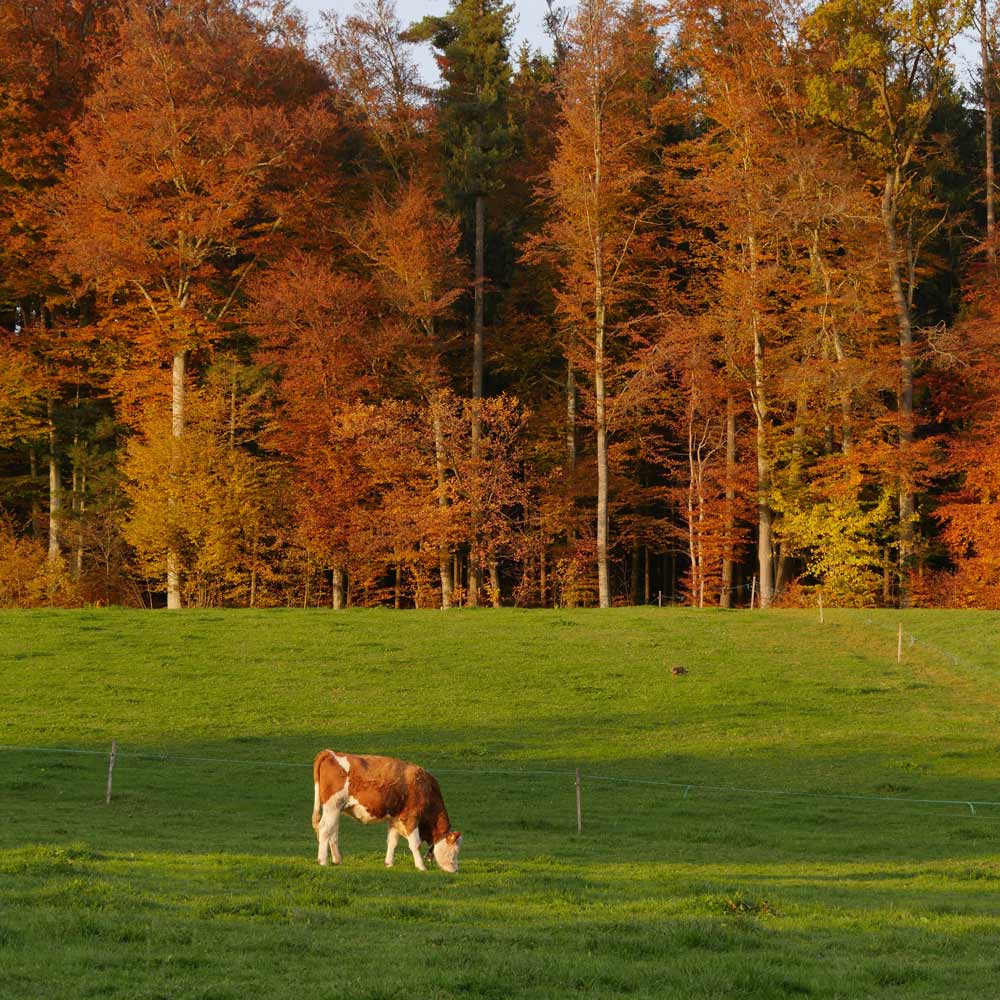
From Farm to Fork: Understanding the Journey of Fresh Meat
The journey of fresh meat from the farm to your plate is a remarkable process that involves multiple stages, each playing a vital role in delivering high-quality and sustainable meat to consumers. In this blog post, we will take you on a captivating journey, exploring the steps involved in bringing fresh meat from the farm to your fork, while highlighting the importance of supporting local, sustainable, and grass-fed practices along the way.
- Starting at the Farm: The Foundation of Quality
The journey of fresh meat begins on responsible farms where animals are raised under the watchful eye of dedicated farmers. Local farms emphasize a direct connection with consumers, ensuring transparency and quality assurance. Animals raised on these farms often enjoy better living conditions, access to natural grazing, and higher standards of animal welfare, resulting in better-tasting and healthier meat.
- Sustainable Meat Production: Nurturing Our Planet
Sustainable meat production practices are essential for maintaining ecological balance and reducing the carbon footprint of the industry. Sustainable farmers prioritize environmental stewardship by adopting practices such as rotational grazing, responsible water management, and conservation of natural resources. By supporting sustainable meat production, consumers actively contribute to the preservation of our planet's delicate ecosystems.
- The Power of Local Meat: Fostering Community
Choosing local meat has several advantages, not only for consumers but also for the community and the economy. Local farmers often operate on a smaller scale, allowing them to focus on quality over quantity. Buying local meat supports regional economies, reduces transportation-related emissions, and fosters a sense of community between consumers and producers. Additionally, it provides consumers with an opportunity to know their farmers and the origin of their food, enhancing trust in the food system.
- Grass-Fed Beef: A Healthier Option
Grass-fed beef is gaining popularity due to its health benefits and sustainable farming practices. Unlike conventionally raised cattle that are fed grains, grass-fed cattle graze on natural pasturelands, resulting in leaner meat with higher levels of omega-3 fatty acids and essential nutrients. Moreover, grass-fed beef production promotes healthier soil, reduces the need for antibiotics, and ensures better treatment of animals.
- Processing and Safety: Ensuring Quality and Hygiene
The processing stage of fresh meat is crucial in maintaining its quality and ensuring safety for consumers. Modern processing facilities adhere to stringent hygiene and safety standards to avoid contamination and uphold the integrity of the meat. Consumers can look for certifications and labels indicating responsible processing practices when purchasing fresh meat.
- The Farm to Fork Connection: Making Informed Choices
As consumers, we hold the power to influence the journey of fresh meat. By making informed choices and supporting local, sustainable, and grass-fed practices, we can promote ethical and environmentally responsible meat production. Being aware of where our meat comes from and how it is produced empowers us to be conscious consumers, contributing to the well-being of animals, farmers, and the planet.
The journey of fresh meat from the farm to your fork is a remarkable voyage that involves the dedication of farmers, the implementation of sustainable practices, and the support of consumers. By choosing fresh, local, sustainable, and grass-fed meat, we not only savor the taste of high-quality products but also actively participate in building a healthier and more sustainable future for our food system. Together, we can create a positive impact on the environment, support local communities, and promote responsible and ethical meat production practices.